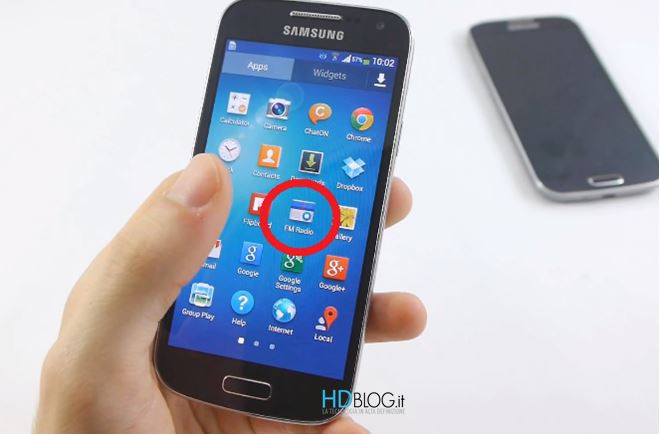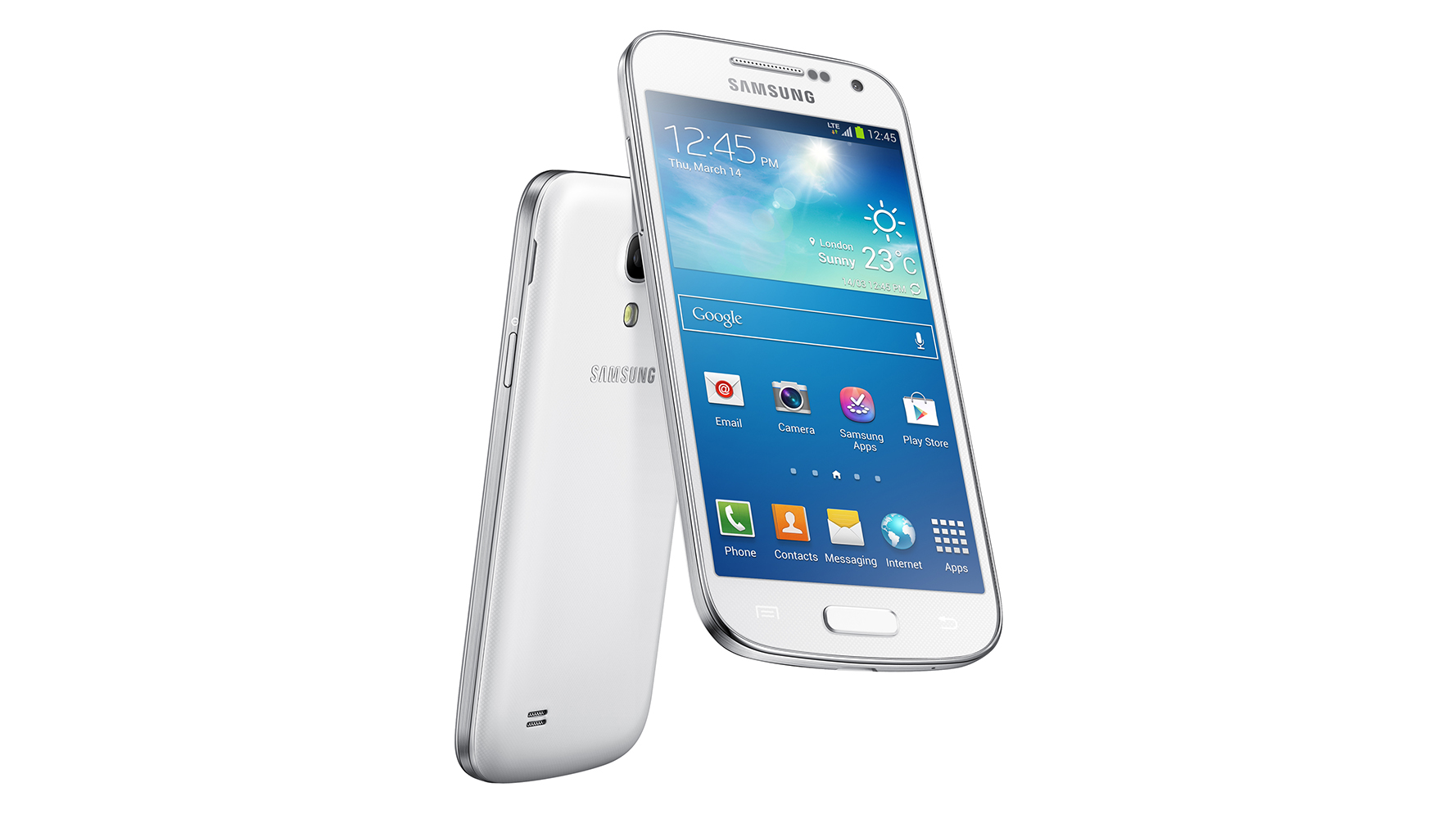
Sound quality isn't bad for such a speaker, but if you like to entertain yourself and friends with your handset then the HTC One's front stereo speakers are far superior. The speaker is still a rear-mounted, mono design and so you have to carefully position your hands to avoid muffling it accidentally. The S4 may have a bigger, higher resolution screen than its predecessor for enjoying such content but the audio from its speaker hasn't improved by the same degree. It's not a huge deal when using apps day to day, sending texts, or hammering out a quick email, but for browsing desktop website sites, playing games and watching video clips it's a big plus. Having said all that, the biggest difference is simply that the S4's screen is bigger. By comparison, the HTC One makes you dig in the menus to adjust it and offers no such tweaking of the auto setting This also lets you tweak the auto brightness settings, allowing you to have it a few steps brighter, or dimmer, than the variable default. Speaking of brightness, Samsung's controls are far better, with a brightness slider always present on the notifications drop-down menu. The colours on the S4 are a little richer at any given brightness, but then the HTC One is far brighter at its maximum setting, handy on sunny days - although run it that way all the time and your battery life will be severely diminished. The pentile pixel arrangement doesn't seem to noticeably effect detail on the S4, while the contrast on the HTC One was also excellent. In practical use, there's far less difference between this and the LCD HTC One than their technology would suggest.

Furthermore, the incredible contrast you get from an AMOLED display more than makes up for any small perceivable loss of detail. The high number of pixels-per-inch makes the lack of refinement, usually apparent on the edges of text, practically unnoticeable. This is less of a problem on a Full HD display than it was previously. As always, it's worth noting that the display uses a pentile arrangement of subpixels - with two colours per pixel, rather than three – which means its actual resolution is less than equivalent LCD displays.

Measuring 4.99in across this gives it an on-paper pixels-per-inch figure of 441, up from 306PPI on the Galaxy S3.

The S4 was the first smartphone to use an AMOLED display with a Full HD resolution.


 0 kommentar(er)
0 kommentar(er)
